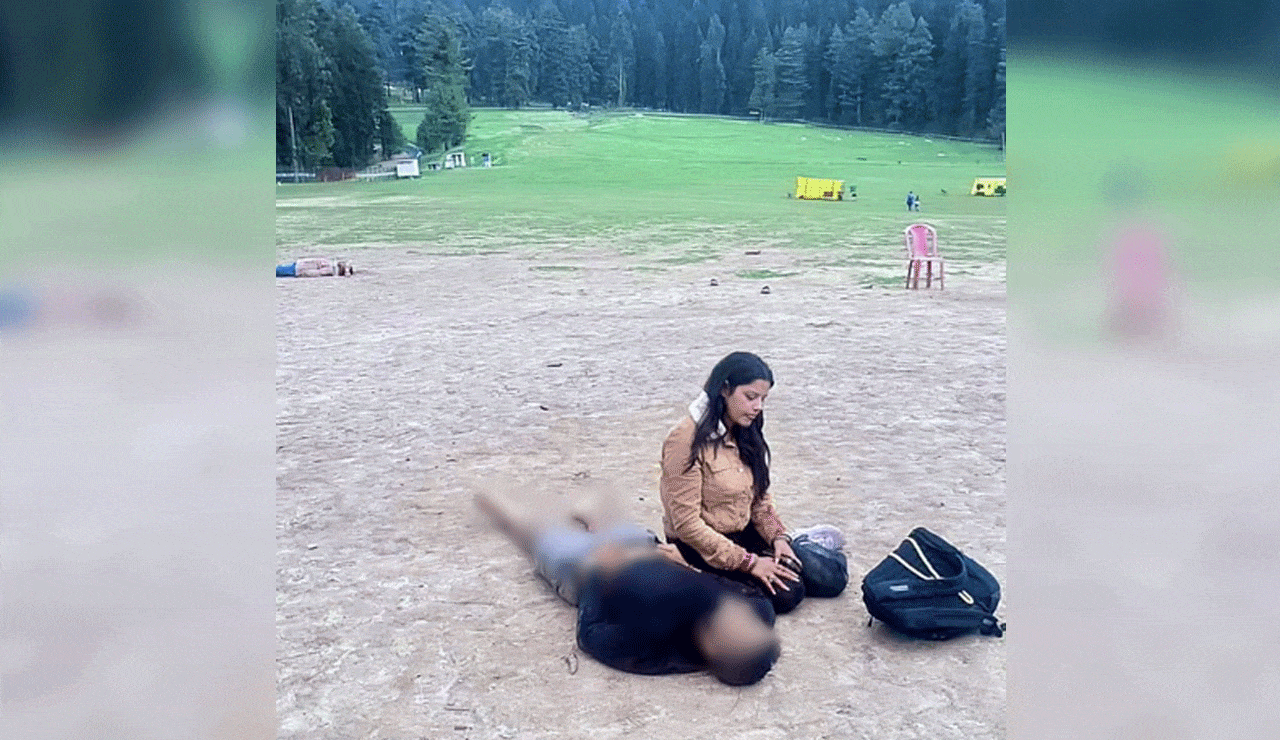FairPoint: Unmasking silent enablers key to breaking Pakistan network in Kashmir
The crucial link in the April 22 Pahalgam terror attack lies in the local support that helped the terrorists, some of whom were Pakistanis, execute the attack under the very noses of the security forces.

New Delhi: The crucial link in the April 22 Pahalgam terror attack lies in the local support that helped the terrorists, some of whom were Pakistanis, execute the attack under the very noses of the security forces.
An unknown person cannot simply reach a heavily guarded location, carry out a massacre, and vanish into thick woods without help. The involvement of locals in the Pahalgam attack is evident, as pointed out by the victims’ families and other tourists who were present at the scene.
Local Connections and Support Networks
The key to the success of such attacks lies in the local support network. This could include ponywallas, shopkeepers, hotel workers, or even policemen who failed to detect anomalies or deliberately chose to ignore them. It may also be a case of intelligence failure, or if the intel was present, then it could have been mishandled or deliberately overlooked.
Since the 1947 merger of Jammu and Kashmir with India, the valley has witnessed several attempts to destabilize the region, many of which are rooted in local support. With the advent of Pakistan-backed terrorism in the 1980s, the motive was not just independence or “azadi” but the Islamization of the valley.
Pakistan’s Role and the Ethnic Cleansing of Hindus
The terror campaign was a means to drive away Hindus from their native land and seize their properties. Over 35 years later, many Hindus remain displaced, living in government camps surrounded by heavy security. Without the local support, such ethnic cleansing would not have been possible.
Local collaborators, whether neighbors, colleagues, or friends, were instrumental in aiding terrorists in carrying out atrocities. The role of radicalized individuals within these local communities forms the critical link in all terror-related incidents in Jammu and Kashmir, including the April 22 Pahalgam attack.
Eyewitness Account of the Pahalgam Attack
A woman tourist identified a ponywalla as a suspect in the Pahalgam attack. She reported that the man had taken out a phone hidden in his boots and claimed to be sending 35 people into the valley. He mentioned that “plan A had failed” and spoke about weapons, which frightened the woman. This interaction took place two days before the attack, raising serious questions about the involvement of locals in the operation.
The Silent Villains: Local Support for Terrorism
The local link is often overlooked in terror investigations, allowing these enablers to evade detection. In Kashmir, terror attacks have been made possible by local collaborators. Whether it was the targeted killings of prominent individuals like BJP leader Tika Lal Taploo or the tragic case of Girja Tickoo, the role of local informers has been critical.
Kashmir’s Long History of Terror and Betrayal
Over the years, Kashmiri Hindus have borne the brunt of this violence. Many were betrayed by those they knew and trusted. Examples like B.K. Ganjoo, whose neighbor informed terrorists about his whereabouts, or Girja Tickoo, who was betrayed by her colleague, highlight the insidious role of local informers in these attacks.
The Path to Peace in Kashmir
For peace to prevail in Kashmir, it is essential for locals to break their ties with terrorism. Without their active support, terrorists would not be able to operate with such impunity. The real and hidden villain behind Kashmir’s history of terror is the radicalized local link, which continues to be Pakistan’s tool in furthering its agenda in the region.
Protests continue in the valley, but they seem more focused on business interests than on addressing the loss of innocent lives. The local enablers must be held accountable if Kashmir is ever to see true peace.
(Deepika Bhan can be contacted at [email protected])
